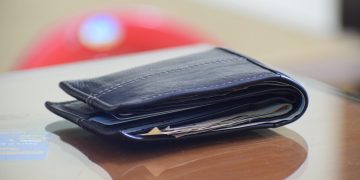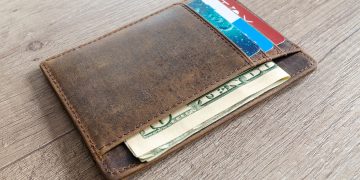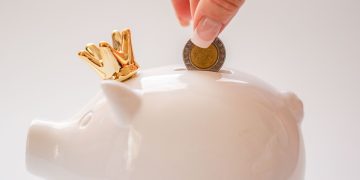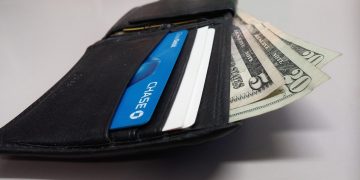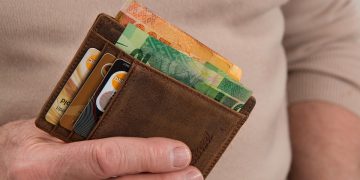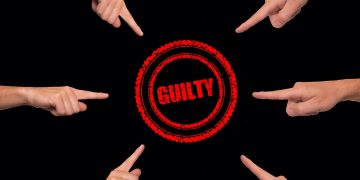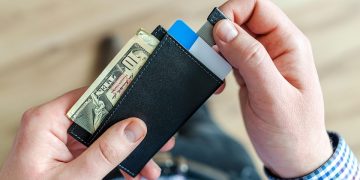The Power of Emergency Funds: Preparing for the Unexpected
Life is full of uncertainties—from unforeseen medical expenses to sudden job losses, having a financial cushion can make a significant difference. An emergency fund is a financial safety net designed to cover unexpected life events without compromising your financial stability. This article explores the importance of setting up emergency funds, how much you should save, and the best practices for managing these funds effectively.
Understanding the Importance of Emergency Funds
Emergency funds serve as a critical buffer that protects you and your family during financial distress. Whether it’s an urgent car repair, health-related expenses, or maintaining your livelihood during a pandemic, an emergency fund helps you tackle these without needing to borrow money at high interest rates.
How Much Should You Have in an Emergency Fund?
Experts generally recommend saving enough to cover three to six months’ worth of living expenses. This amount gives you a sufficient buffer to handle most crises and provides enough time to make alternative arrangements if necessary. However, the exact amount can vary based on your lifestyle, family size, income stability, and monthly expenses.
Factors to Consider When Determining Your Fund Size
- Income stability: If your job is seasonal or commission-based, consider a larger fund.
- Family obligations: More dependents might require a more considerable safety net.
- Existing debts: High-interest debts might necessitate a smaller immediate fund while you address those debts.
Step-by-Step Guide to Building Your Emergency Fund
Step 1: Set a Clear Target
Based on your monthly expenses, calculate the total amount you need and set it as your target. Use online calculators for precision.
Step 2: Open a Dedicated Savings Account
Keep your emergency fund separate from your regular checking account to avoid the temptation to dip into it. Look for accounts with high interest rates to grow your fund passively.
Step 3: Automate Your Savings
Set up automatic transfers from your checking to your savings account right after payday to prioritize your emergency fund contributions.
Step 4: Review and Adjust Contributions
As your financial situation evolves, review your contributions. If you receive a raise or have decreased expenses, consider increasing your fund contributions proportionately.
Common Questions About Emergency Funds
Can I invest my emergency fund for higher returns?
While investing can offer higher returns, the primary goal of an emergency fund is liquidity and safety. Opt for low-risk, easily accessible accounts.
What if I need to use the fund?
If you must use your emergency fund, focus first on replenishing it as soon as possible. Adjust your budget to refill the used portions and prevent potential future financial strains.
Is it better to pay off debt or build an emergency fund first?
While high-interest debt should be a priority, having a modest emergency fund (about $1,000) is advisable even while paying off debt, to cover unexpected expenses without adding to your debt.
Best Practices for Managing Your Emergency Fund
- Keep it liquid: Ensure your fund is in a form that is easy to access without significant penalties.
- Regularly review: Assess your emergency fund annually to ensure it meets your current needs and adjust as necessary.
- Resist the temptation: Treat this fund as a last resort. Avoid tapping into it for non-essentials.
Conclusion
Building and maintaining an emergency fund is not just about financial planning but ensuring peace of mind. It’s about preparing for the unexpected and having the resources to manage life’s challenges without additional financial stress. By understanding the basics and applying best practices, you can secure your financial future and be ready for any situation that life throws your way.


